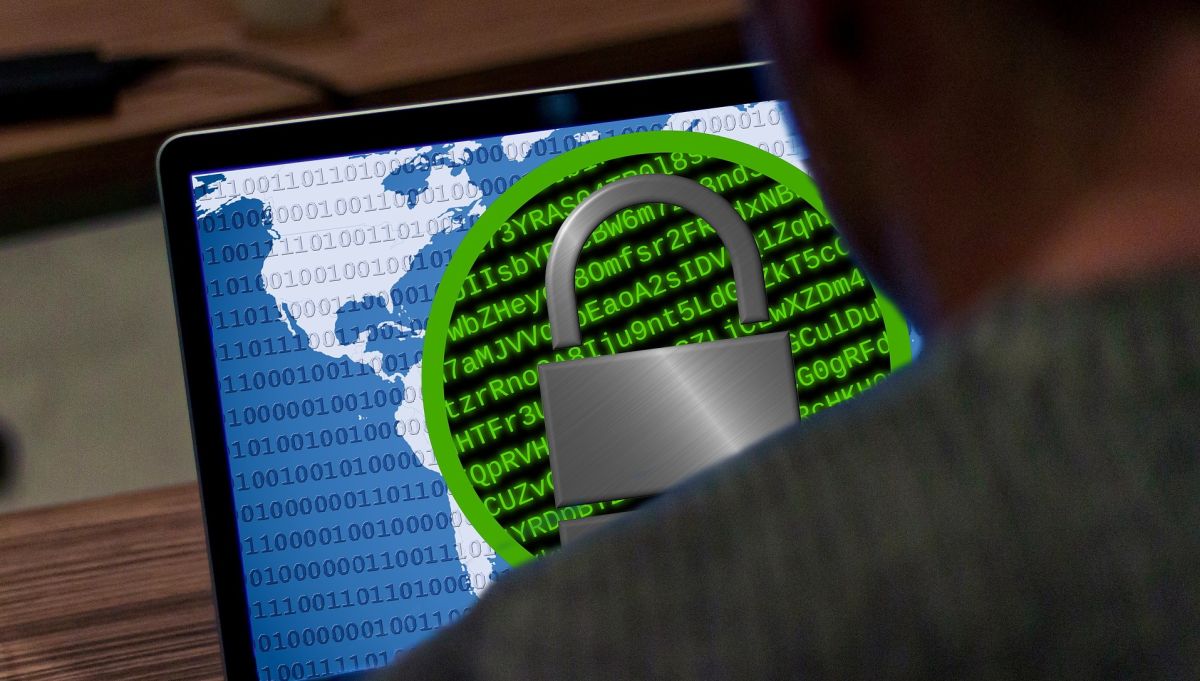
A overwhelming majority of companies that pay the demand following a ransomware (opens in new tab) assault don’t find yourself retrieving their encrypted and stolen information, a brand new report has claimed.
In its “State of information safety by Rubrik Zero Labs: The exhausting truths of information safety” report, based mostly on a ballot of greater than 1,600 IT and safety leaders (together with CISOs and CIOs), the corporate discovered simply 16% of world organizations that paid a ransom and acquired a decryptor really managed to get better all of their information.
To make issues worse, virtually three-quarters (72%) of organizations reported paying their ransomware demand.
Risking quite a bit
Along with phishing and enterprise e mail compromise (BEC) assaults, ransomware is taken into account probably the most in style and damaging types of cyberattack right now.
In ransomware assaults, a menace actor first steals, then encrypts, the entire delicate information discovered throughout firm endpoints. Then, it calls for a fee be made in cryptocurrency (often Monero, a kind of cryptocurrency that’s very exhausting to hint), in alternate for the decryptor. The menace actor often additionally threatens to launch the stolen information on the darkish net, until its calls for are met. That manner, it appears to drive the sufferer into making the fee even when the corporate has an up-to-date backup.
Backups appear to be a preferred countermeasure to ransomware. Virtually all (99%) of everlasting organizations reported having backup and restoration know-how. Nevertheless, 93% reported encountering “vital points” with their options. Moreover, 9 out of ten reported malicious actors trying to impression information backups throughout a cyberattack, and 73% have been at the very least partially profitable in doing so.
Cybersecurity specialists and regulation enforcement businesses have warned towards paying the ransom demand, for a number of causes. Assembly the demand doesn’t assure the return of the file, nor does it assure the identical attackers received’t strike the corporate once more in a month. It additionally doesn’t assure safety from different menace actors. On the identical time, it motivates the cybercriminals to proceed concentrating on companies with ransomware, and even funds future cybercriminal campaigns.
